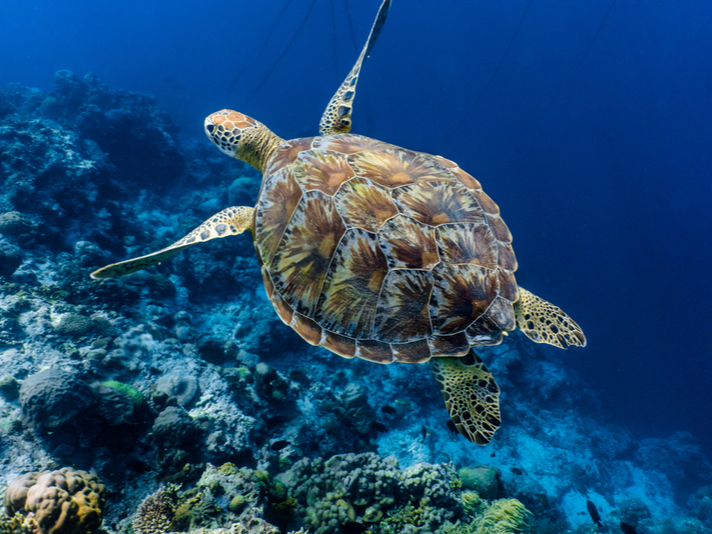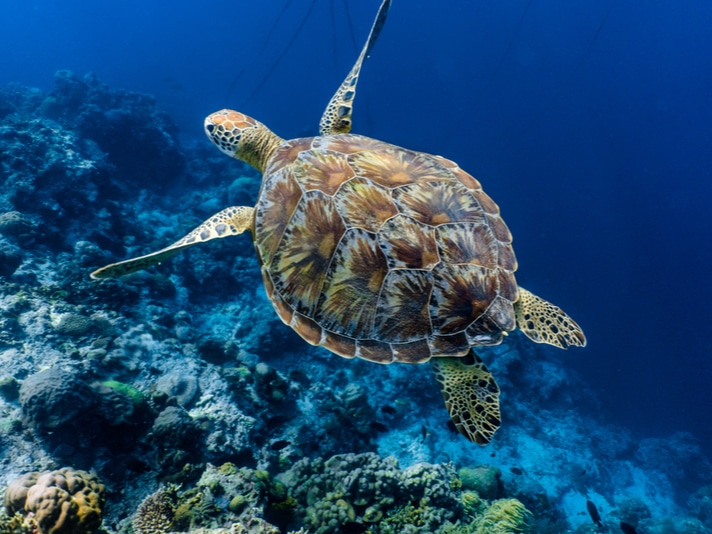Quang Ngai beaches on Ly Son Island have been breeding grounds in the past for green sea turtles), hawksbill turtles, and leatherback turtles.
The International Union for Conservation of Nature (IUCN) is launching a public awareness campaign to encourage residents and tourists of Ly Son Island to refrain from using plastic bags, in an effort to ensure clean and safe marine areas for sea turtles that return to the island to breed.

John Cuyos/Shutterstock
Quang Ngai beaches on Ly Son Island have been breeding grounds in the past for green sea turtles), hawksbill turtles, and leatherback turtles.
IUCN’s Marine and Coastal resource programme co-ordinator Bui Thi Thu Hien, told Viet Nam News that the IUCN will launch other initiatives to keep the island clean in an effort to boost sea turtle conservation efforts.
Want To Learn More?
2017 Green Sea Turtle Nestings In Florida Break Record
Beautiful Dive Footage Of A Green Sea Turtle In The Philippines
Quang Ngai beaches on Ly Son Island have been breeding grounds in the past for green sea turtles (Chelonia mydas), hawksbill turtles (Eretmochelis imbricate) and leatherback turtles (Dermochelys coriacea), and the IUCN is hoping that keeping the beaches clean will help bring the reptiles back to the beaches to breed.
More than 200 sea turtles used to arrive on the beaches of Ly Son Island to nest in the 1980s, but the figure dropped 90 percent from 1980 to 2000 because of urbanization, over-fishing and the building of concrete dykes and other construction.



